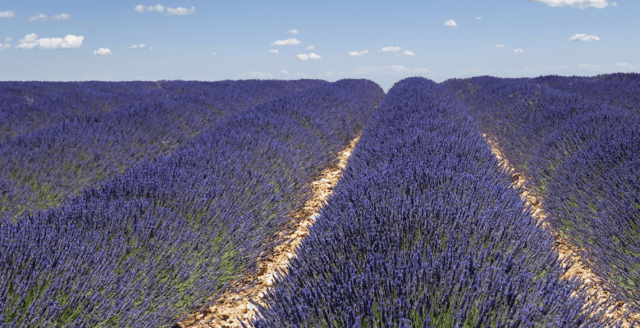(English) Diffusing Essential Oils
July 3, 2013

How plant extracts can help you stay healthy and balanced
Essential oils have been distilled and used since 425 B.C. These enticing oils are not only used for their fragrance. Essentials oils contain the life force energy of the plant and are powerful healers. They can be absorbed through the skin or the olfactory nerves, and can even be taken internally under the supervision of an expert. Essential oils are very powerful because they are so concentrated. You need between 3.000 – 10.000 kg of rose petals to produce 1 liter of rose essential oil. This explains why essential oils are often pricey. The good news is that a few drops can work wonders.
Straight into the brain
The act of smelling, olfaction, is unique, for it is the only sense that goes directly into the brain, into the limbic system. Our emotions are rooted in the limbic system, which explains why fragrances can have such an emotional impact and instantaneously trigger memories. A specific scent can bring us back directly to a vacation we enjoyed in France or the atmosphere of home. Research has shown that 75% of our emotions are generated by what we smell.
When olfactory information is received in the limbic system, neurotransmitters such as encephalin, endorphins and serotonin are released. These are responsible for our appetite, sexual desire, sleep, euphoria, memory and relieving pain and stress. It is interesting that just the smell of food already starts digestion and that we begin our choice of lovers by unconsciously smelling their pheromones (the scents emitted by our bodies) long before either person has said a word.
In addition to accessing the limbic system, aromatic molecules also enter through the nasal passages and the respiratory tract. The tiny blood vessels (capillaries) take the molecules directly into the bloodstream.
Big impact on physical and emotional body
It is therefore safe to say that fragrances, and especially essential oils, can have a major impact on the human body and how it functions both physically and emotionally. Bardeau (1991) discovered that 90% of microbes in the air were killed by diffusing essential oils. This effect was achieved within 3 hours. Research by French medical doctors Jean Claude Lapraz and Christian Duraffourd showed that Oregano, Cinnamon Bark, Thyme and Clove Bud are the strongest and most effective antibiotic essential oils used against different types of infectious illnesses. Another important reason to use essential oils is that germs can develop a resistance to antibiotic drugs but they cannot develop resistance against essential oils. Essential oils contain chemical compounds that are too complex for germs to defend themselves against.
These antibacterial, antiviral and antifungal effects of essential oils can be used in waiting rooms, schools, daycare centers, offices, hospitals and other areas where larger groups of people gather. Apart from eliminating disease-causing agents from the air that we breathe in, essential oils can stimulate the immune system as well. In fact, there are few areas in the human body that cannot benefit from the use of essential oils. From improving concentration, inducing relaxation and a restful sleep, to balancing the nervous system and alleviating psychological and hormonal imbalances, essential oils are a great way to support physical and emotional well-being.
How to use esential oils
Essentials oils can be inhaled by sprinkling a few drops on a tissue, pillow case or clay stone. You can also use a sprayer filled with water and add a few drops of the chosen oil to disperse essential oils throughout a room. The easiest and most effective way to benefit from this wealth of goodness is to use an aroma diffuser.
Don’t heat essential oils
It is better not to heat the essential oils so all therapeutic qualities remain intact, therefore heat-free methods are always preferred. Some diffusers use ionization to further improve air quality. It increases the number of negative ions that attach themselves to positive ions. This causes dust to fall onto the ground. It goes without saying that many people can benefit from this additional air purification, especially in a time when indoor air quality is often poor.
You can read more about essential oils in this article.
 Need support navigating your life? Iris van Ooyen is your guide to hope when life feels uncertain. In the moments when you feel lost and don’t know where to turn, Iris offers clarity, support, and a path forward. She’s the author of Radiant: How to Have All the Energy You Need to Live a Life You Love. Contact Iris to help you navigate life’s pivotal crossroads with confidence and purpose.
Need support navigating your life? Iris van Ooyen is your guide to hope when life feels uncertain. In the moments when you feel lost and don’t know where to turn, Iris offers clarity, support, and a path forward. She’s the author of Radiant: How to Have All the Energy You Need to Live a Life You Love. Contact Iris to help you navigate life’s pivotal crossroads with confidence and purpose.
Follow Iris on LinkedIn or Instagram.



